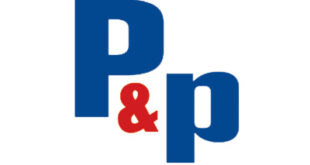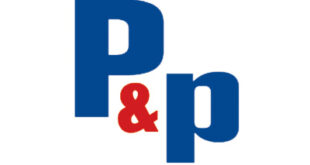
More than 1,400 people responded to FESPA’s Print Census, representing a 12% increase from the 2015 Print Census.
The latest Print Census collected data from a diverse range of print businesses defining their business focus as: digital printing (17%); screen (15%); sign and display (10%); textile fabric and direct to garment (10%); commercial print and reprographics (13%); graphic arts and creative (11%); and packaging (4%).
Six key trends emerged from the survey:
- Optimism – 83% of respondents stated that they are optimistic for the future of their business.
- Customer demands – 72% of respondents reported an increasing demand for fast turnaround, 61% see growing requirement for short runs and 59% observe rising expectations of just-in-time delivery.
- Evolving wide format product mix – today’s sign and display applications landscape is dominated by banners; 68% regularly produce these and half of respondents see continued growth potential. Signs and billboards maintain their 2015 position among the top applications being produced by respondents. POS/POP displays are gaining traction, with 59% of businesses experiencing growth in this area. More than half of businesses are also producing more self-adhesive applications, including wraps, vehicle graphics and decals, as they take advantage of continuous developments in digitally printable self-adhesive media. The continued growth of printed décor applications is evident, with 74% of respondents today identifying wallpaper and interior décor as a growth area for their business.
- Digital technology investment – 54% of respondents stated this as their main motivation for capital spend. Cost reduction is a factor for 53%, while diversification into new markets and product offerings remains a focus of investment for 53% of those surveyed. 34% plan to invest in quality control, 28% in web to print, and 27% each on cloud-based content management and colour management, supported by training spend.
- Textile – among printers focused on textile, 56% have made digital investments, and 19% plan to do so in the next two years, aiming to reap the benefits of reduced time to market, customised creative collections, prototyping, and a positive impact on environmental footprint by reducing water and energy consumption.
- Environmental demands – 76% of respondents said that customer demand for environmentally responsible products is shaping business strategy, with more than one in five stating that it is a major influence. 32% of those surveyed have responded by using energy-efficient or environmentally certified equipment to satisfy client demand.
FESPA executive director Sean Holt said: “We’re delighted to again see such a buoyant global community of print businesses enjoying sustained growth and responding by expanding capacity, as well as differentiating themselves with new products and services.
“The findings display continued commitment among PSPs to understanding and meeting the evolving expectations of customers. Businesses are pursuing customer-centric development strategies, underpinned with planned technology and training investments.”
 Printwear & Promotion The Total Promotional Package
Printwear & Promotion The Total Promotional Package




